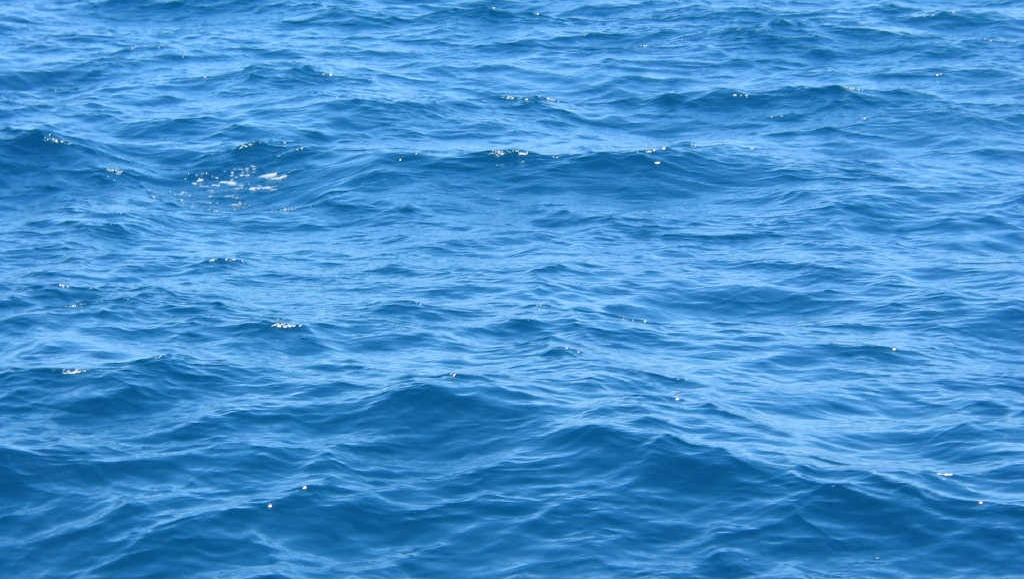Desalination based on ionic diode mechanisms
The aim of this project is to explore ionomer materials and rectifier mechanisms to then develop prototype devices for desalination and selective ion removal.

In this PhD project Budi Riza Putra and Professor Frank Marken pursue the idea of employing ionic diode mechanisms for the selective removal of certain ions from solution. This is based on (A) a semi-permeable ionomer material to provide ion selectivity and (B) a microhole diode which causes current rectification and thereby an ion pump function. Electrolytic ionic diodes have been predicted and then discovered in 1959, but only more recently these types of devices have been investigated for applications. Most of this work is based on novel nano-engineered channel structures, but we have recently introduced a materials approach with much higher current flow based on devices that are typically tens of micrometers. Current rectification in these ionic diodes results in a “pump” mechanism related to biological ion pumps in cell membranes. The main focus of the project is to first understand the molecular aspects of the diode mechanism and second finding new applications for example in desalination and in sensing.
Project outline
Materials with microporosity allow ion flow through pores. When charges within the material are unequally mobile or immobilised (in ionomer materials) processes can be described as membrane processes. Many porous materials exhibit semi-permeability in ion transport and in this project we are interested in particular in modern polymers of intrinsic microporosity and in lamellar nano-materials with transport through nano-lamella gaps (e.g. for graphene oxide or for titanate nanosheets).
Ionic diode experiments are performed with the membrane positioned between two (or more) electrodes and by recording currents as a function of applied potential. Switching of diodes between open and closed state is observed (see Figure 1) and molecular mechanisms for this behaviour are investigated. The higher the difference between open current and closed current, the better the diode performance. Also time factors are important and short switching times are desirable.
The knowledge about these ionic diode systems and materials is constantly increasing, although this work is currently uniquely pioneered at Bath. We study a range of materials and work with collaborators in Southampton and Edinburgh (UK), in Johannesburg (South Africa), and in Wuhan (China). Applications have been suggested in desalination but also in sensing and in selective ion removal.
Science
Electrolytic ionic diodes have been predicted and then discovered in 1959, but only more recently these types of devices have been investigated for applications. Most of this work is based on novel nano-engineered channel structures, but we have recently introduced a materials approach with much higher current flow based on devices that are typically tens of micrometers. Current rectification in these ionic diodes results in a “pump” mechanism related to biological ion pumps in cell membranes. Our main focus is to first understand the molecular aspects of the diode mechanism and second finding new applications for example in desalination and in sensing.
Impact
This work on ionic diodes has attracted initial attention from water companies and we are attempting further development of this work into higher technology readiness levels. The ability to employ AC-electricity in desalination offers potentially less side reactions, less waste, and better energy efficiency. There could be also a related mechanism for energy generation (“blue energy”) when feeding salt water and fresh water into the diode circuit.
This is the PhD project of Budi Riza Putra from the Department of Chemistry. Email addresss: B.Putra@bath.ac.uk
